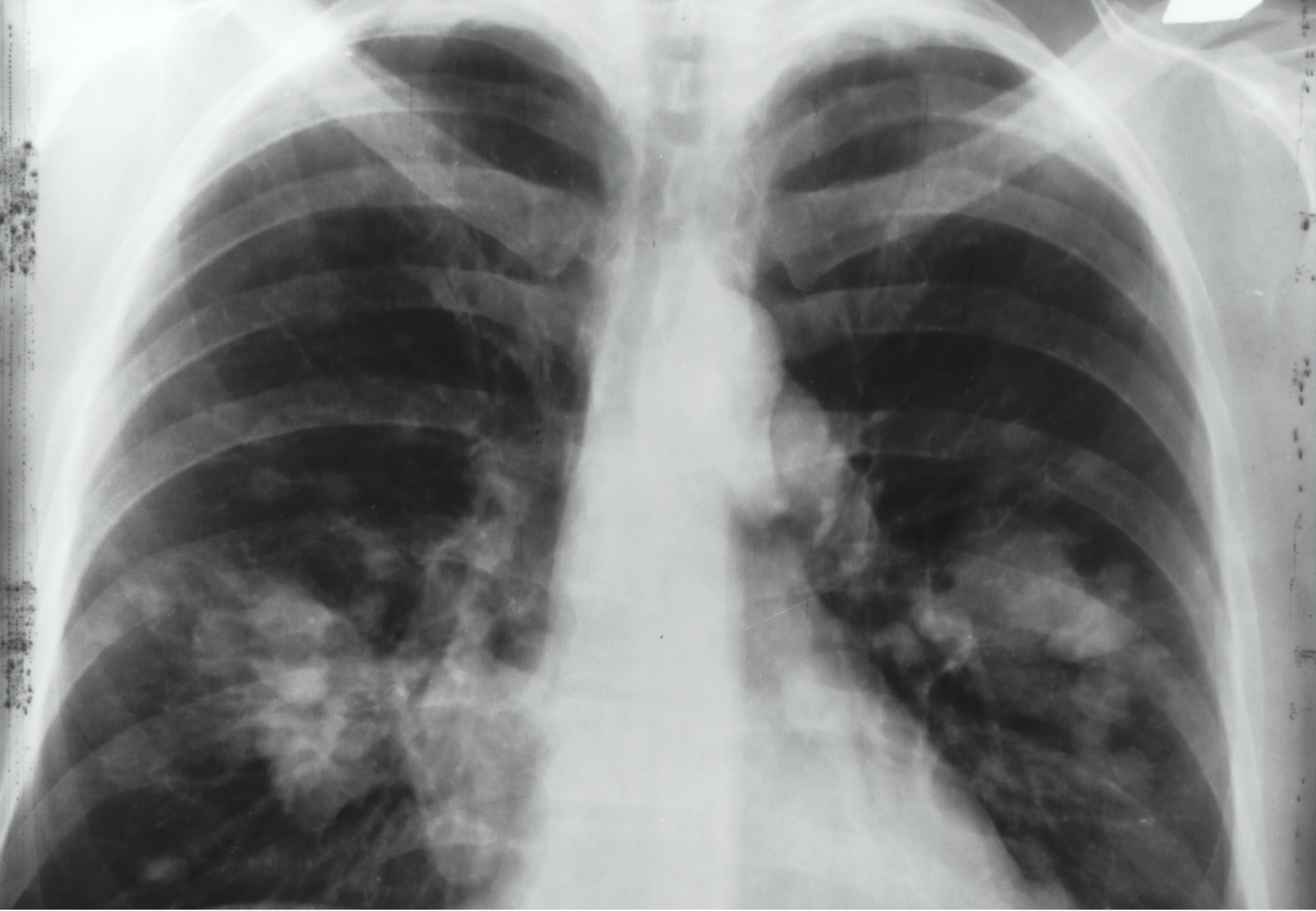Media release
From:
Cancer: Lung cancer evolution provides insights to clinical outcomes (N&V)
A comprehensive analysis of how lung cancer evolves over time, which may help to explain why treatments sometimes stop working, is presented in seven papers published in Nature and Nature Medicine this week. The research, part of the TRACERx (TRAcking Cancer Evolution through therapy (Rx)) study, includes the analysis of more than 1,600 tumour samples taken from the first 421 patients enrolled in the programme.
Lung cancer is the leading cause of cancer-related deaths worldwide, but a complete understanding of the biological mechanisms underlying this disease is lacking. Tumours are made up of different types of cancer cell, each with different characteristics; this so-called intratumour heterogeneity can drive tumour evolution and disease progression. The aim of the TRACERx study is to determine the relationship between intratumour heterogeneity and clinical outcomes.
In the lead paper published in Nature, Charles Swanton and colleagues assessed 1,644 tumour regions sampled during surgery or follow-up from 421 patients with non-small cell lung cancer (NSCLC), the most common type of lung cancer. The cohort consisted of patients with stage I, II or III disease who had a range of NSCLC subtypes, including 248 lung adenocarcinomas. The authors identified differences in the genome stability and patterns of intratumour heterogeneity that are associated with patient outcomes.
In a separate paper, the authors assessed why tumours relapse and/or spread to other parts of the body, and the effects of platinum-based chemotherapy (a standard treatment for advanced NSCLC) on intratumour heterogeneity. Such treatments were shown to contribute to tumour evolution and heterogeneity. Additional insights from some of the other papers include demonstrations of a tool that can detect evidence of circulating tumour DNA — a potential marker of clinical outcomes — and the identification of factors that can predict which part of the tumour may be responsible for recurrence.
Understanding the genomic evolution of tumours can offer insights into the factors that determine how and when the cancer may relapse and thereby improve our understanding of tumour biology, which may facilitate future attempts to improve outcomes for patients with cancer, the authors conclude.



 Australia; International; VIC
Australia; International; VIC


